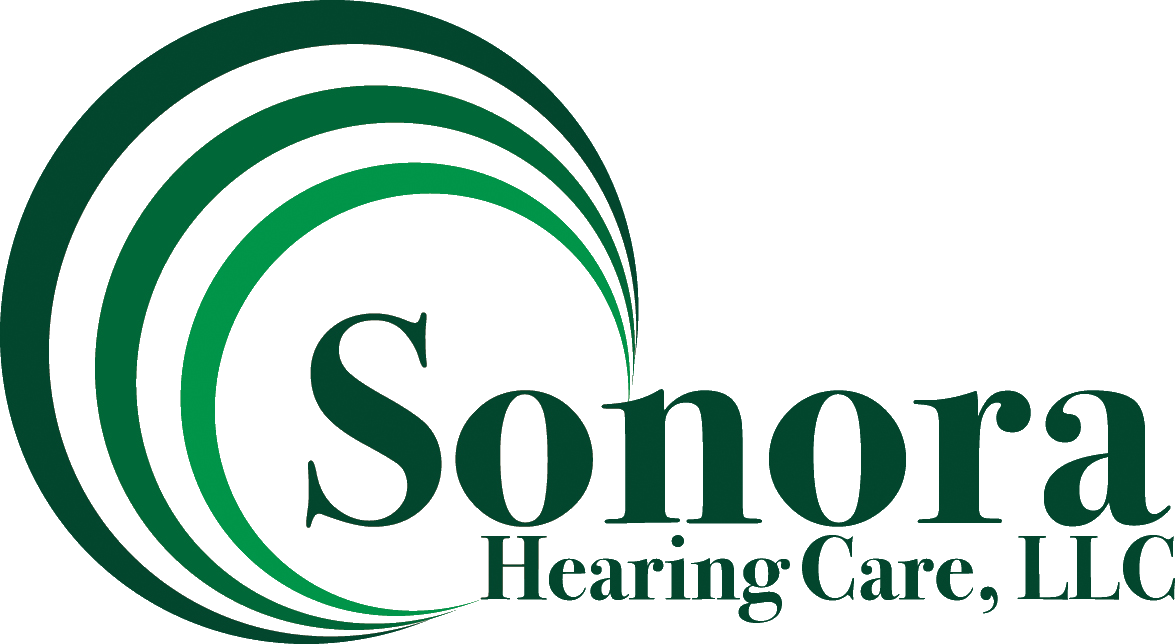Earwax is made by the body to protect the ears, but sometimes it can build up and become impacted leading to hearing loss, irritation, ringing in the ears, and even pain. Luckily, you can safely clean your ears at home.
What Exactly Is Earwax?
Earwax, or cerumen, is a completely normal substance found in the ear. Its lubricating and antibacterial properties protect your inner ear from debris like bacteria and dust. It can also protect the delicate skin of the ear canal from getting irritated when water is in the canal. Earwax is produced on the outer part of the ear, not deep within the ear canal. However, if too much is produced, it can build up and cause problems.
Earwax Buildup
Normally, earwax works its way out of the ear gradually and on its own, but if your body naturally produces extra earwax, it can build up. Earwax buildup can also occur in:
- People who use hearing aids, ear plugs, or ear buds a lot
- Older people
- People who have a lot of ear hair or certain skin conditions
- People with ear canals in a shape that interferes with natural wax removal
The ears are built to clean themselves, but if you try to clean them by using a cotton swab or other object, you may unknowingly be pushing the excess earwax further into your ear, creating a hard buildup in your ear canal, also called an impaction. Impactions may also occur when more wax is produced than can be easily and naturally removed from the ear. The extra wax may harden in the ear canal and block the ear. If left untreated earwax buildup can lead to:
- Decreased hearing (hearing often returns when the earwax is removed)
- Ringing or buzzing sounds in the ear
- Earaches
- A feeling of fullness in your ear
- Pain in the ear
- Itchiness in the ear
- Discharge or odor coming from the ear
- Dizziness
Is It Safe to Remove Earwax at Home?
Earwax can be removed in many ways, and most approaches are safe to do at home. A clinician would use the same techniques, but with a better view and more expertise. Clinicians also have better tools to medically remove earwax, but at-home remedies usually work just as well. The only time removing earwax becomes unsafe is when trying to use small objects like cotton swabs or bobby pins. This only pushes the earwax further into the ear and can injure the ear if not done carefully.
Tips to Safely Clean Your Ears at Home
There are several ways to remove earwax at home.
- Clean the outside of the ear by wiping it with a cloth. Avoid wadding up the cloth and pushing it into the ear canal.
- Use a cerumenolytic solution (a solution to dissolve ear wax) in the ear canal twice a day for four to five days. With these solutions, a few drops are put in the affected ear with a dropper, or soaked into a cotton ball and put over the ear. You then lie on the opposite side so that the solution can drip into your affected ear. Some solutions that soften or dissolve ear wax are:
- Saline solution
- Mineral oil
- Baby oil
- Hydrogen peroxide or over-the-counter peroxide-based ear drops
- Glycerin
- Irrigate or syringe the ear to rinse out the ear canal with water or saline solution. Usually this is done after the ear wax has been softened by a solution.
When to See an Audiologist
If these tactics don’t work, or you are still having symptoms of earwax impaction, you may need an audiologist to suction your ear or to remove the blockage with a curette (small spoon) or other instrument.
Some patients experience more severe symptoms from earwax build-up, such as ear drainage, fever, or severe pain. Even though these symptoms are rare, if you experience them, you should contact your audiologist immediately to have the earwax removed as soon as possible.If you feel like you are suffering from earwax build-up and have tried home remedies, schedule your earwax removal in Tucson today!

